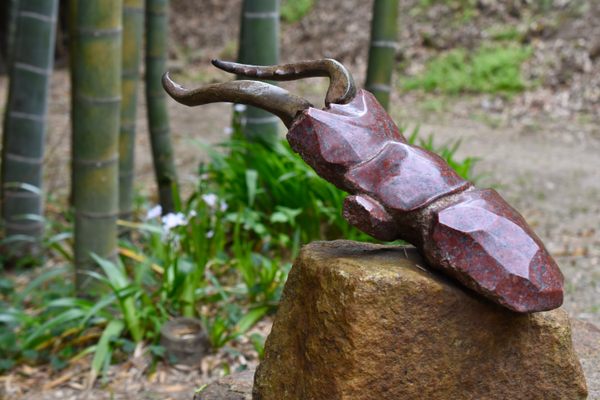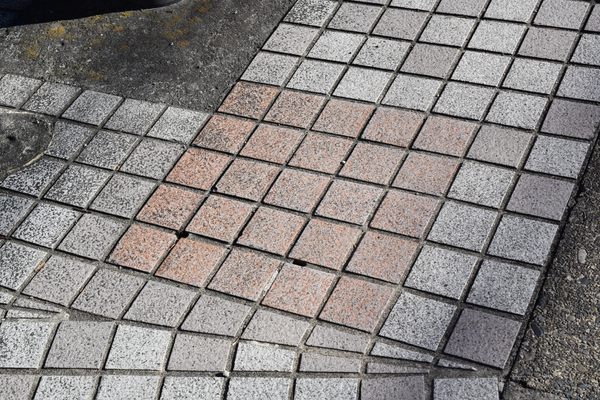Hansobo Shrine
A mountaintop shrine-temple guarded by a horde of half-demon priests.
Kenchō-ji in North Kamakura is a major temple complex that encompasses a whole mountain, comprised of numerous temples and shrines, many of them centuries old. You will be directed to them as you go deeper into the complex past the bamboo woods, and one of the signs indicates the way to the Ten-en Hiking Course, which stretches out of a mysterious hilltop shrine called Hansōbō.
Standing atop the steep flights of stone steps, the shrine is guarded by a dozen iron statues of the Tengu, a race of humanoid creatures in Japanese folklore identified as yōkai, demons, and demigods, all at once. Though taking the form of a half-bird “mountain priest” here, the Tengu is often depicted with red skin and a long, Pinocchio-like nose, which you may be familiar with as an emoji or a beef jerky logo.
These Tengu are believed to be servants of the Hansōbō, which means “half-monk” and refers to a legendary figure from the 14th century. He first appeared when the ship carrying Mumon-Gensen, a renowned Zen Buddhist monk and the son of Emperor Daigo II, was wrecked during his voyage back from Ming China. He saved the monk’s life and since served him as his varlet, carrying his food and earning the nickname of Hansō which meant “rice monk.”
The mysterious Hansōbō was first honored at Hōkō-ji Temple in Kyoto, and became a popular subject of worship after his statue miraculously survived a major fire. In 1890, a small Hansōbō temple was founded in North Kamakura by a local monk who saw the legendary figure in his dreams, taking the form of a long-nosed monkey god. Subsequently, he was identified as a Tengu.
Interestingly, though the “Hansōbō” in Kenchō-ji is technically a Buddhist temple, it is typically referred to as a shrine, as in the traditional Shinto faith. This is because it is more of a local, somewhat profane place of divine protection (that is, “half-monk”) than a traditional temple, with torii arches standing along the approach leading to the mountaintop. From the top, by the way, you can get a great panoramic view of Kamakura, sometimes even reaching as far as Mount Fuji.



















Follow us on Twitter to get the latest on the world's hidden wonders.
Like us on Facebook to get the latest on the world's hidden wonders.
Follow us on Twitter Like us on Facebook